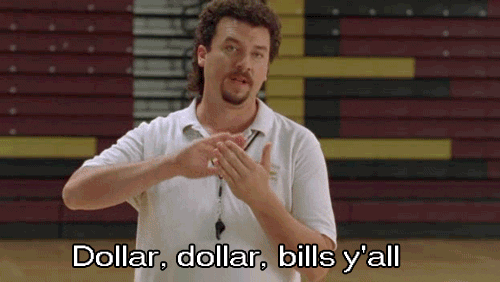Swift beats, dirty sneakers, plummeting hands, and shrieking heartbeats smash in the dimly lit room. When you’re drunk enough, even a frat house can seem like a smug speakeasy. Abby and Sally’s hips kiss, and after a few bass drops, they do as well. When they come up for air, a resident Chad or Brad or Kyle stops Sally. He asks her if they could do it again; his friend didn’t get to see.
Most LGBT people and their allies would find this moment offensive—even crass. But what if the only reason these girls pressed their shaking breaths and breasts together was for Chad or Brad or Kyle to see?
Going gay for the gaze isn’t new. Hell, it isn’t even millennial. From an entire genre of straight adult film stars going girl-on-girl, to Madonna and Britney locking lips during the 2003 MTV Video Music Awards, straight girls have been “lezzing out” to turn on their male partners and audiences for decades.
And it’s not just on your TV and computer screens. It’s also on your phone. Any queer girl on Tinder has swiped on at least one cute girl’s profile only to find that she’s trying to give her boyfriend a present—and that present is watching her have sex with you.
Straight women dressing themselves up as queer so a guy will want to rip off their clothes is all too similar to white girls like Kylie Jenner donning cornrows or Beyoncé shooting a music video drenched in sacred Indian jewelry. These women of privilege are trying on an oppressed culture to look edgy or sexy and conveniently taking it off when it’s out of style.
But is it cultural appropriation when the culture is queerness?
According to Julia Serano, award-winning transgender author of The Whipping Girl, cultural appropriation has three elements: erasure, exploitation, and denigration. When straight girls do queer things for male attention, it fits all three.
Erasure: How often do you see this word without bi preceding it? Bisexual invisibility is oddly omnipresent. It is a staple of TV and film, where creators write characters who date both men and women but refuse to openly identify them as bisexual. (See Piper, Orange Is the New Black; Samantha, Sex and the City; Jules, The Kids Are All Right; or Alyssa, Chasing Amy, just to start.) According to GLAAD’s latest media report, of the 278 regular and recurring LGBTQ characters on scripted broadcast, cable, and streaming programming, 83 (30 percent) are counted as bisexual—but that portrayal is often negative.
“Creators overwhelmingly choose to portray bisexuality as a villainous trait rather than a lived identity," says Alexandra Bolles, a GLAAD senior strategist and bisexual advocate. "This trend of inaccurate portrayals undermines how people understand bisexuality, which has real life consequences for bi people and their well-being.”
This portrayal isn’t contributing to a negative perception of bisexuals—it’s a reflection of how real people perceive them. Dismissed as “just going through a phase” or “unfaithful people who can’t pick a side” in both hetero and homosexual circles, bisexuals are uniquely vulnerable. They are often the outsiders of the excluded—the fallen, interloping B of the LGBT acronym.
But when straight girls use bisexual behavior as a stunt, it validates the public’s worst assumptions. How do you tell if a girl is kissing another woman for her man or for herself? If those who engage in bisexual acts don’t identify as bisexual, this erases bisexuality's meaning.
Exploitation: Who’s on the other side of that kiss? If she’s queer, you’re using a human being as a sex toy.
Queer people aren’t a push-up bra or perfume. We don’t exist as pawns in heterosexual games or spices in a bedroom buffet. Queer appropriation exploits us physically and emotionally, turning us into an exotic sex move instead of breathing, heartbreaking people.
Denigration: What is more degrading than perverting a culture that, at its core, celebrates women who love each other, only for each other, to attract men?
What makes cultural appropriation so damaging is when a privileged person partakes in an oppressed culture at their own convenience with no consequence. Straight women are rewarded for doing the same things queer women are persecuted for. We live in a society where LGBT people are subject to mass shootings and other hate crimes, dehumanizing conversion therapy, demonizing rhetoric, and legal discrimination in the majority of American states. When we celebrate our own culture, the world leaves pungent hatred at our doorstep. When straight people try it on, it’s sexy.
Nothing is more demeaning then turning our identity into your kink.
Acknowledging the appropriation of queer culture does not minimize how other minorities suffer from it. It is a shared salt in a daily wound of oppression. Young activist and bisexual actress Amandla Stenberg once asked, “What would America be like if we loved black people as much as black culture?”
It’s time to question if America could love queer people as much as they love watching us have sex.













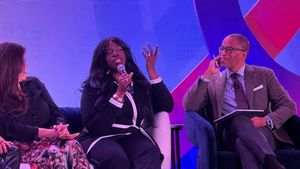




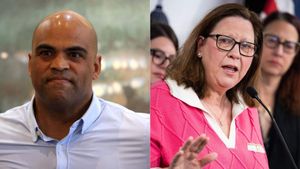




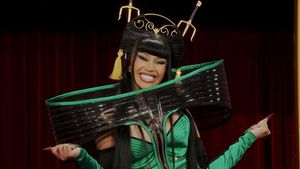







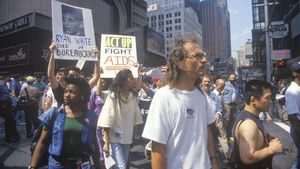

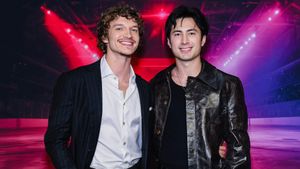
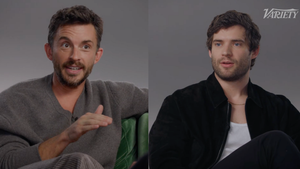





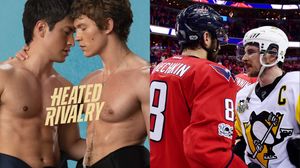

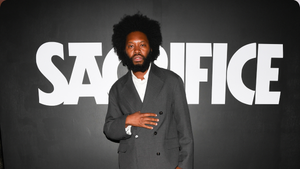

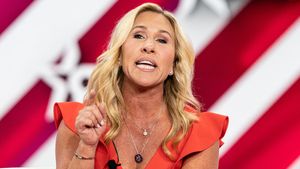
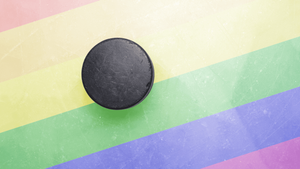
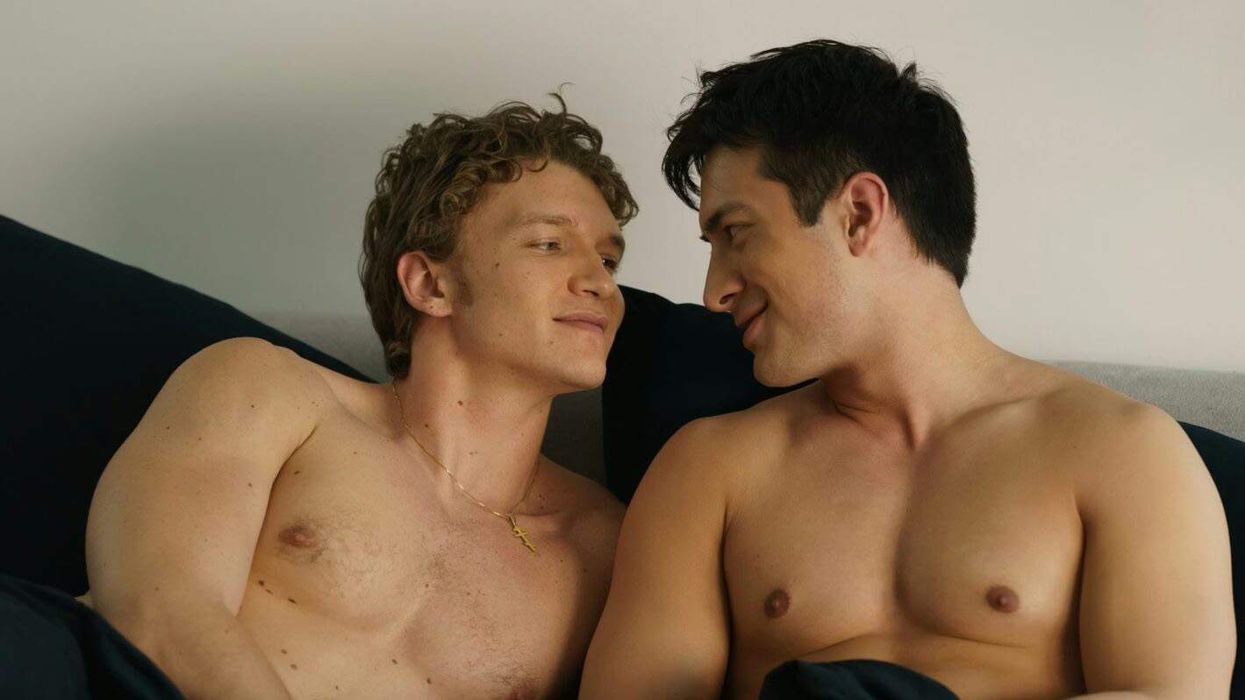
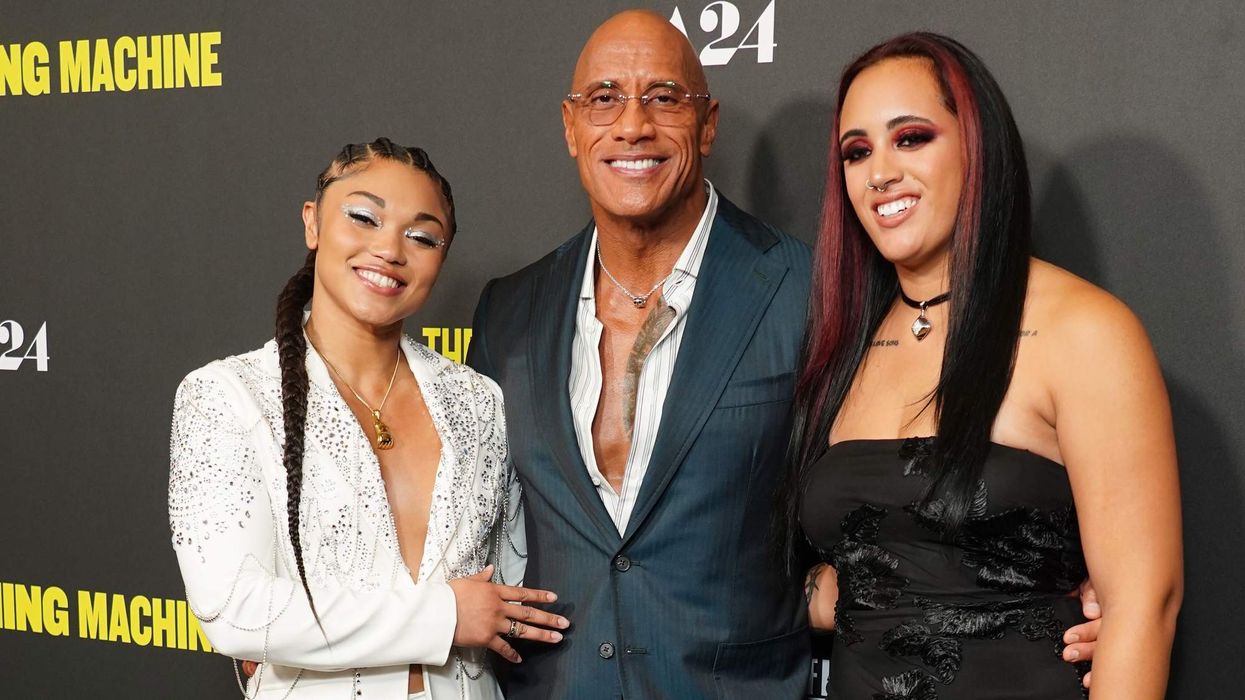
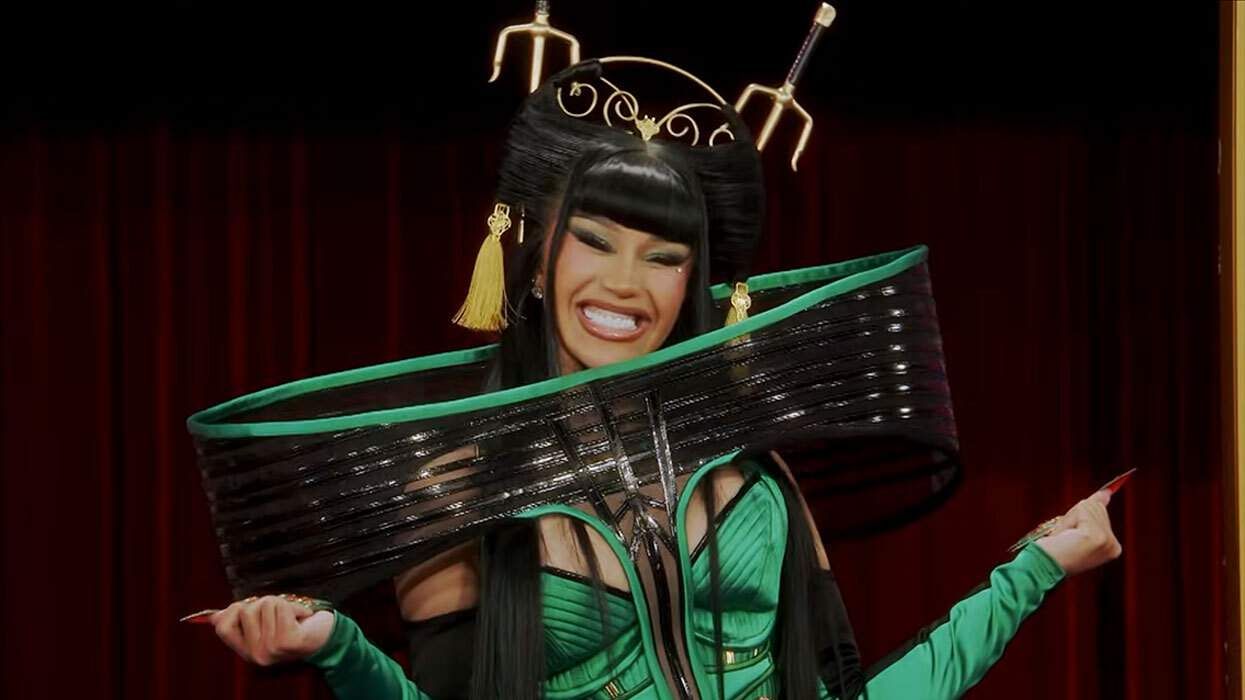
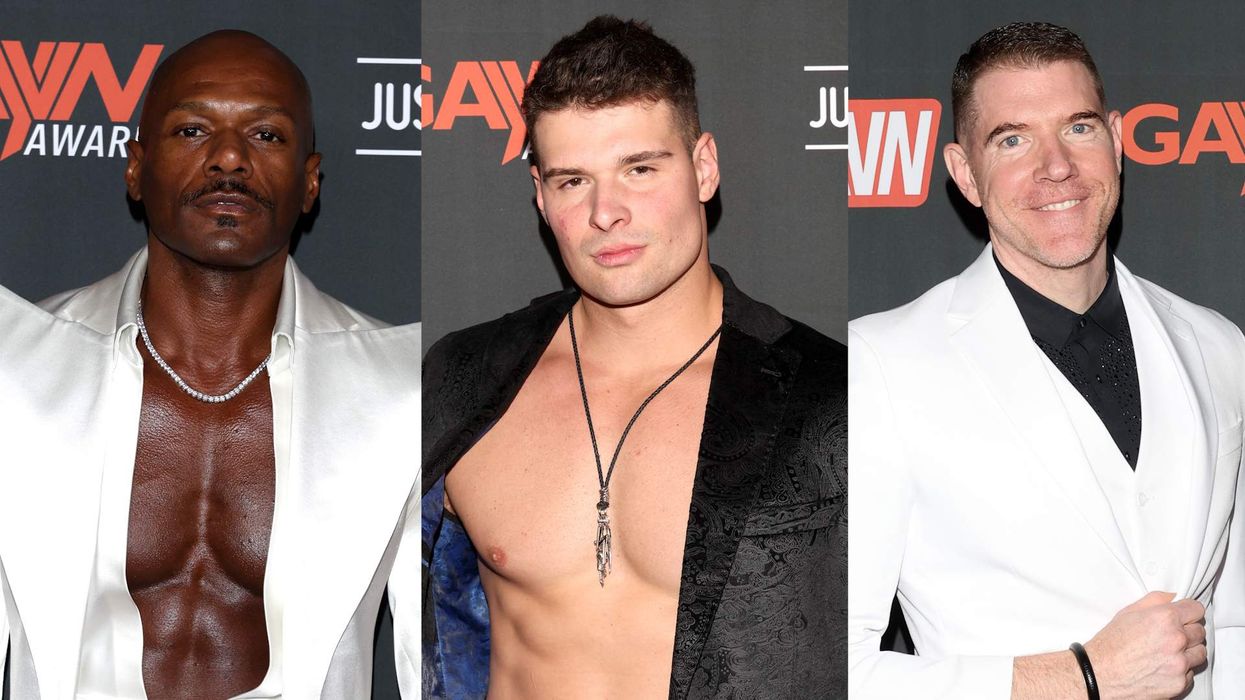


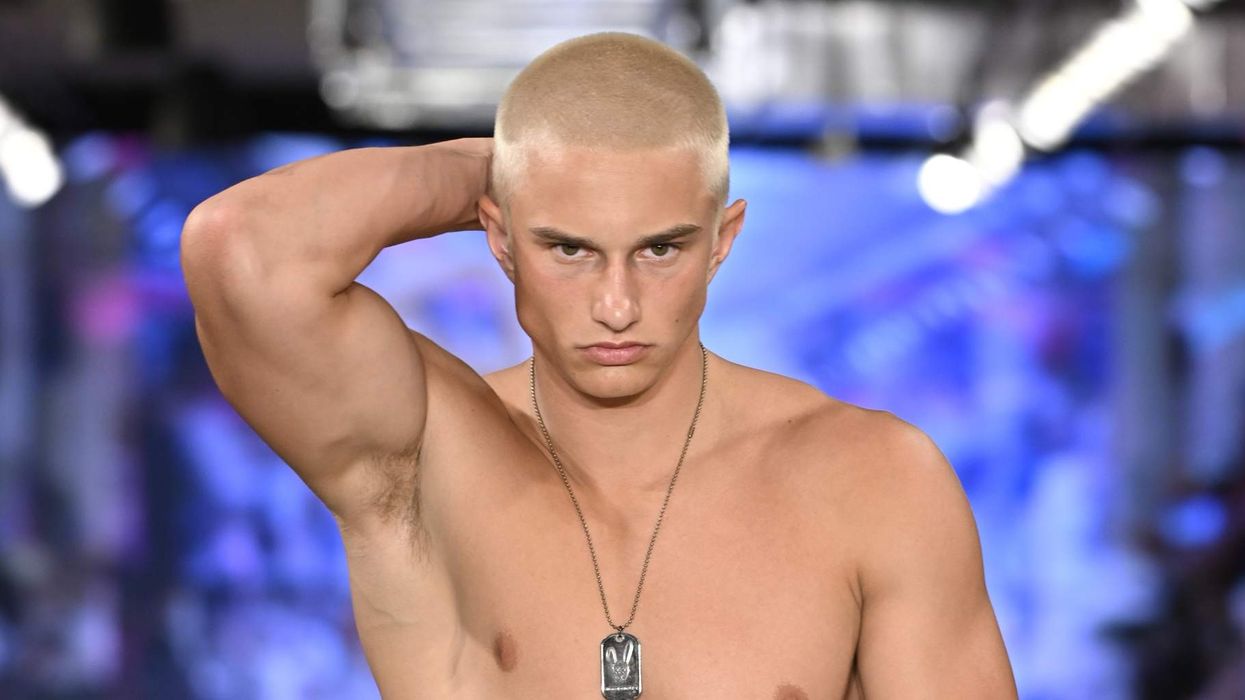

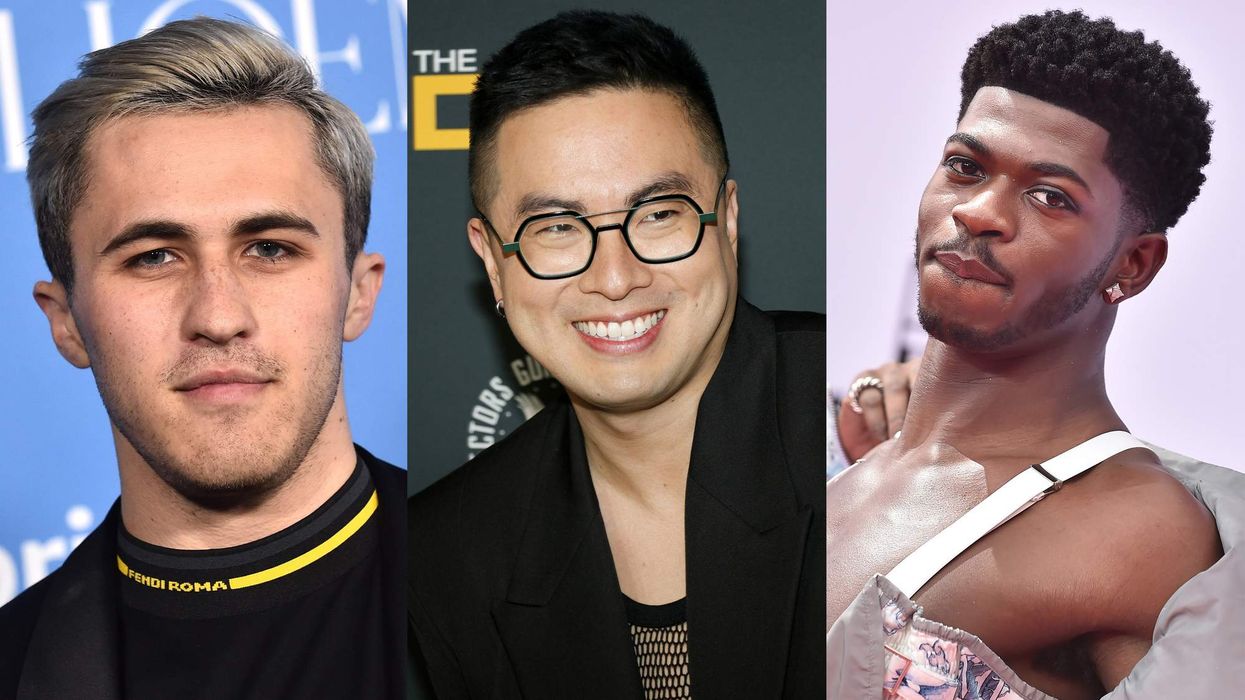





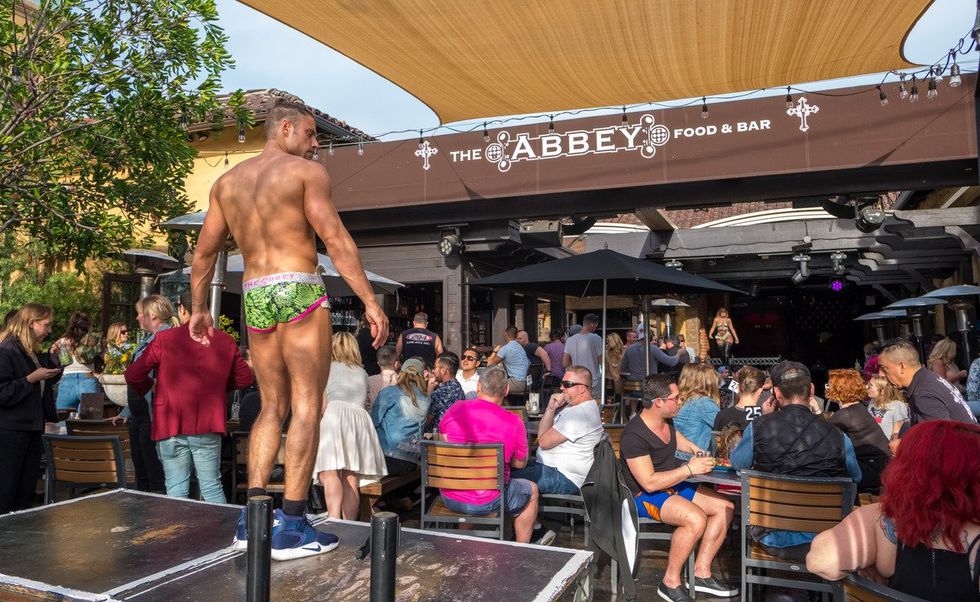
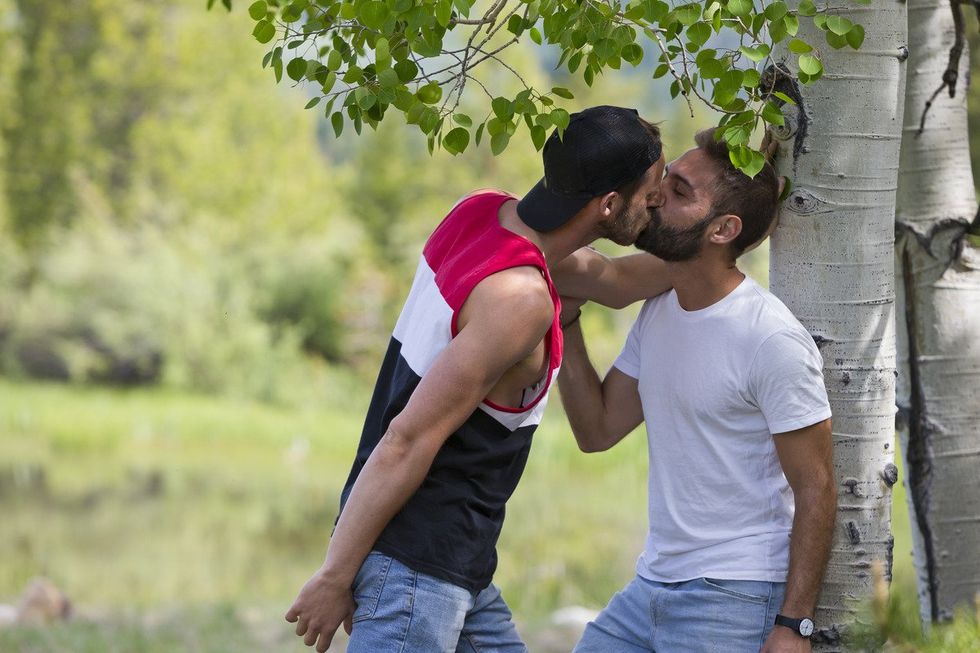


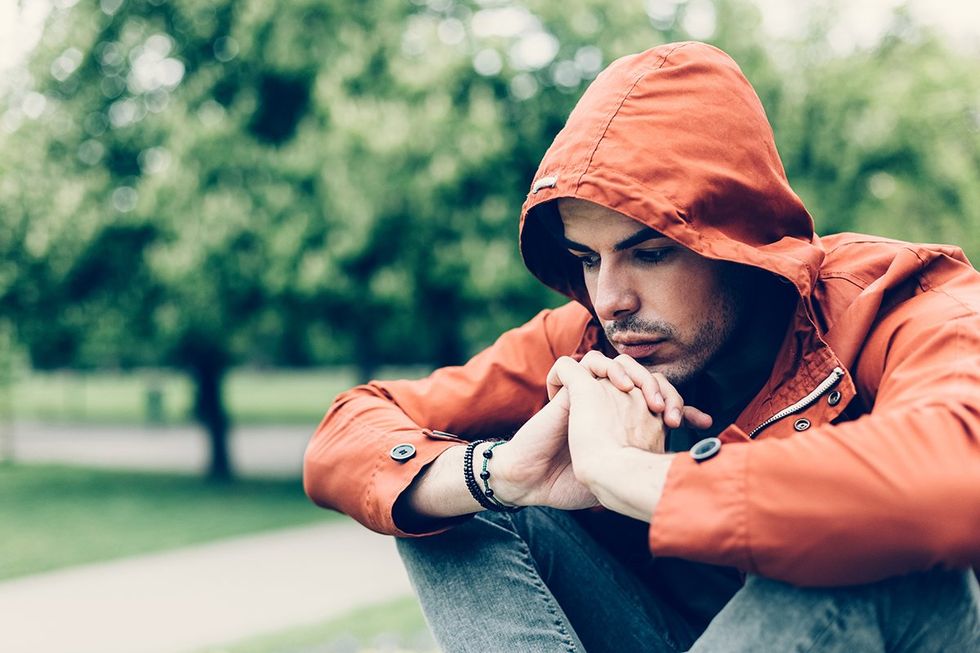

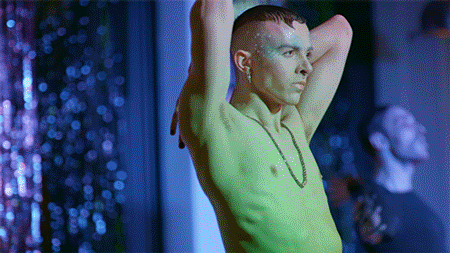 Strike A Pose Mic Drop GIF by FILMRISE - Find & Share on GIPHY
Strike A Pose Mic Drop GIF by FILMRISE - Find & Share on GIPHY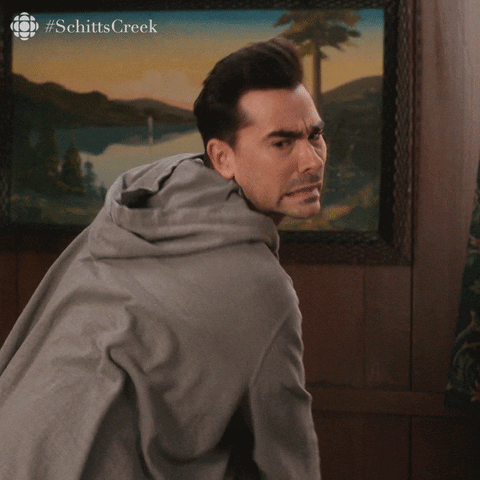 Schitts Creek No GIF by CBC - Find & Share on GIPHY
Schitts Creek No GIF by CBC - Find & Share on GIPHY